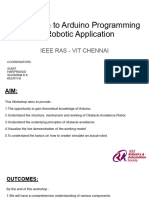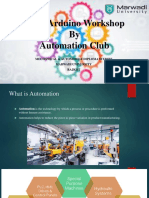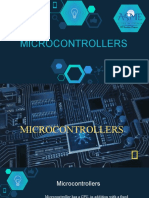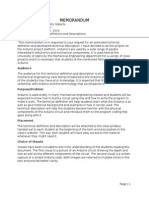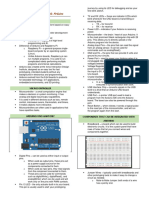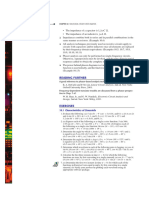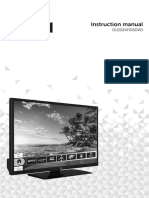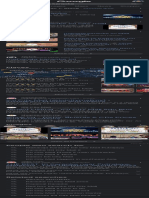0% found this document useful (0 votes)
7 views13 pagesRobotics
The document discusses the educational benefits of robotics, integrating subjects like physics, mathematics, and programming, while highlighting its applications in various fields such as industry, entertainment, and military. It explains the components of a robot, including controllers, mechanical parts, sensors, and power supplies, as well as the foundational concepts of programming using Arduino. Additionally, it introduces the ultrasonic sensor and provides a sample program to measure distance using this sensor.
Uploaded by
ranakadir408Copyright
© © All Rights Reserved
We take content rights seriously. If you suspect this is your content, claim it here.
Available Formats
Download as PDF, TXT or read online on Scribd
0% found this document useful (0 votes)
7 views13 pagesRobotics
The document discusses the educational benefits of robotics, integrating subjects like physics, mathematics, and programming, while highlighting its applications in various fields such as industry, entertainment, and military. It explains the components of a robot, including controllers, mechanical parts, sensors, and power supplies, as well as the foundational concepts of programming using Arduino. Additionally, it introduces the ultrasonic sensor and provides a sample program to measure distance using this sensor.
Uploaded by
ranakadir408Copyright
© © All Rights Reserved
We take content rights seriously. If you suspect this is your content, claim it here.
Available Formats
Download as PDF, TXT or read online on Scribd
/ 13


